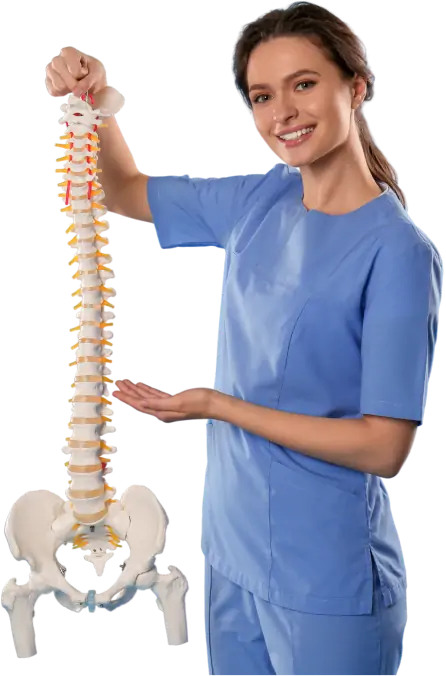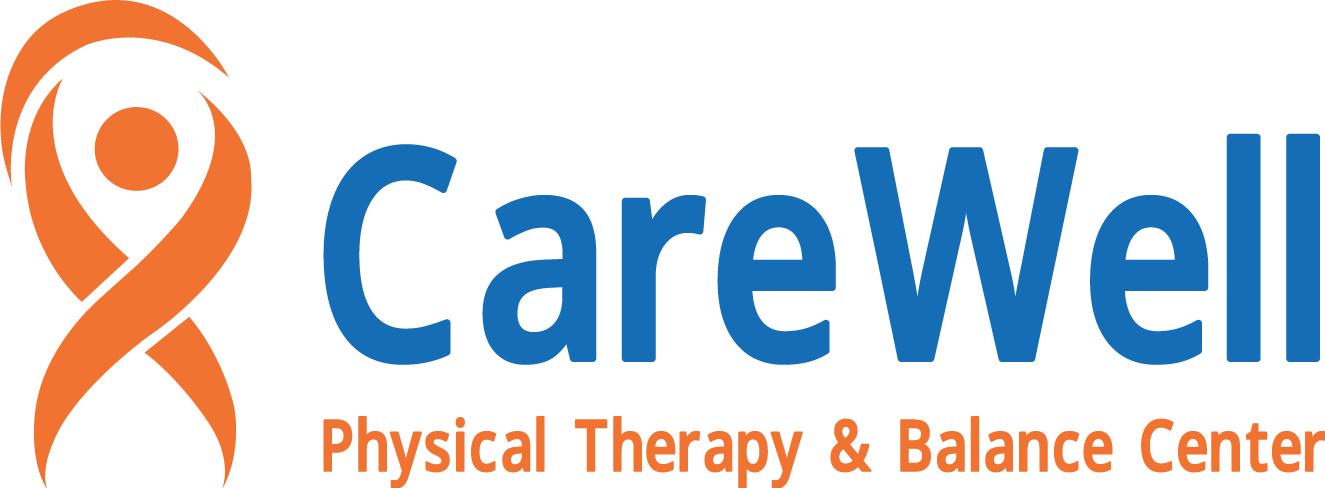Dizziness Physical Therapy: A Path to Balance and Recovery
Home > Dizziness Physical Therapy: A Path to Balance and Recovery
Recent Blogs
Dizziness Physical Therapy: A Path to Balance and Recovery
How Geriatric Physical Therapy in Tampa Can Help You

Dizziness Physical Therapy: A Path to Balance and Recovery
Dizziness is a common but often misunderstood condition affecting millions worldwide. For those who experience frequent or severe episodes, it can disrupt daily life and hinder overall well-being. While dizziness has many potential causes, ranging from inner ear disorders to neurological conditions, physical therapy has emerged as an effective solution for managing and treating this condition. This article explores the concept of dizziness physical therapy, its benefits, and how it can help patients regain control of their lives.
Understanding Dizziness and Its Causes
Dizziness is a broad term for sensations such as lightheadedness, unsteadiness, or a spinning feeling (vertigo). Symptoms like nausea, balance issues, and difficulty concentrating often accompany it. Some common causes of dizziness include:
1. Vestibular Disorders: Inner ear problems, such as vestibular neuritis, labyrinthitis, or Ménière’s disease, can affect balance and spatial orientation.
2. Benign Paroxysmal Positional Vertigo (BPPV) occurs when tiny calcium crystals in the inner ear become dislodged, leading to brief episodes of spinning sensations.
3. Neurological Conditions: Issues such as migraines, multiple sclerosis, or stroke can result in dizziness.
4. Cardiovascular Issues: Low blood pressure, arrhythmias, or other heart-related conditions can cause lightheadedness.
5. Anxiety and Stress: Psychological factors can manifest as physical symptoms, including dizziness.
6. Medication Side Effects: Certain drugs, especially those for blood pressure or anxiety, can induce dizziness.
Understanding the root cause of dizziness is critical for effective treatment. This is where dizziness physical therapy comes into play.
What Is Dizziness Physical Therapy?
Dizziness physical therapy, often referred to as vestibular rehabilitation therapy (VRT), is a specialized form of therapy designed to alleviate dizziness symptoms and improve balance. It involves a combination of exercises and techniques tailored to address each patient’s specific needs. Physical therapists specializing in vestibular disorders use evidence-based approaches to help patients retrain their balance systems and reduce symptoms.
How Dizziness Physical Therapy Works
The primary goal of dizziness physical therapy is to promote compensation, which is the brain’s ability to adapt to changes in the vestibular system. Here are some standard components of dizziness physical therapy:
1. Assessment and Diagnosis
The process begins with a thorough evaluation by a physical therapist. This includes:
- Reviewing the patient’s medical history.
- Performing balance and gait assessments.
- Conducting specific tests, such as the Dix-Hallpike maneuver, to identify conditions like BPPV.
2. Customized Exercise Programs
Once the underlying cause is identified, the therapist develops a personalized treatment plan. Common exercises include:
- Gaze Stabilization Exercises: These exercises help improve eye movement control and reduce visual disturbances.
- Balance Training: Activities challenging balance, such as standing on one leg or walking on uneven surfaces, help strengthen coordination.
- Habituation Exercises: Repeated exposure to dizziness-inducing movements reduces sensitivity over time.
- Canalith Repositioning Maneuvers: Techniques like the Epley maneuver are specifically used to treat BPPV by repositioning displaced crystals in the inner ear.
3. Education and Lifestyle Modifications
Education is a key component of dizziness physical therapy. Patients learn about their condition, triggers to avoid, and strategies to prevent dizziness episodes. Lifestyle changes, such as staying hydrated, maintaining a balanced diet, and practicing stress management, are also emphasized.
Benefits of Dizziness Physical Therapy
Dizziness physical therapy offers numerous benefits, including:
1. Improved Balance and Stability: Therapy targets the vestibular system and strengthens coordination, helping to reduce the risk of falls and improve overall balance.
2. Symptom Reduction: Patients often experience a significant decrease in dizziness episodes and associated symptoms, such as nausea and headaches.
3. Enhanced Quality of Life: With fewer symptoms and improved confidence in movement, individuals can return to daily activities and enjoy a better quality of life.
4. Non-Invasive Treatment: Unlike medication or surgery, dizziness physical therapy is a non-invasive and drug-free approach, making it suitable for many patients.
5. Personalized Care: Each therapy plan is tailored to the individual’s needs, ensuring that treatment is practical and efficient.
Who Can Benefit from Dizziness Physical Therapy?
Dizziness physical therapy is suitable for individuals of all ages who experience dizziness or balance issues. It is particularly beneficial for:
- Those diagnosed with vestibular disorders.
- Older adults are at risk of falls due to balance problems.
- Patients recovering from neurological events, such as a stroke or concussion.
- Individuals with chronic dizziness are not linked to a specific condition.
Finding a Qualified Therapist
When seeking dizziness physical therapy, choosing a licensed physical therapist with experience in vestibular rehabilitation is essential. Look for practitioners certified by professional organizations, such as the American Physical Therapy Association (APTA) or similar bodies in your region.
Tips for Success
To maximize the benefits of dizziness physical therapy, patients should:
- Commit to the Program: Regular attendance and adherence to the prescribed exercises are crucial for progress.
- Communicate Openly: Sharing detailed feedback about symptoms and challenges helps therapists adjust the treatment plan.
- Be Patient: Recovery takes time, and consistency is key to achieving long-term results.
Conclusion
Dizziness can be debilitating, but dizziness physical therapy offers a pathway to recovery and improved quality of life. By addressing the root causes of balance issues and using targeted exercises, this specialized therapy empowers patients to regain their stability and confidence. If you or someone you know struggles with dizziness, consulting a qualified physical therapist could be the first step toward a life free from the limitations of this challenging condition.
Leave a reply
Tags : Body Health,Bone,Chiropractic
Share This:
Physical Therapy that's designed entirely around you.
From athletes on the field to weekend warriors in life, being committed to a physical therapy program helps you to keep pushing ahead!


